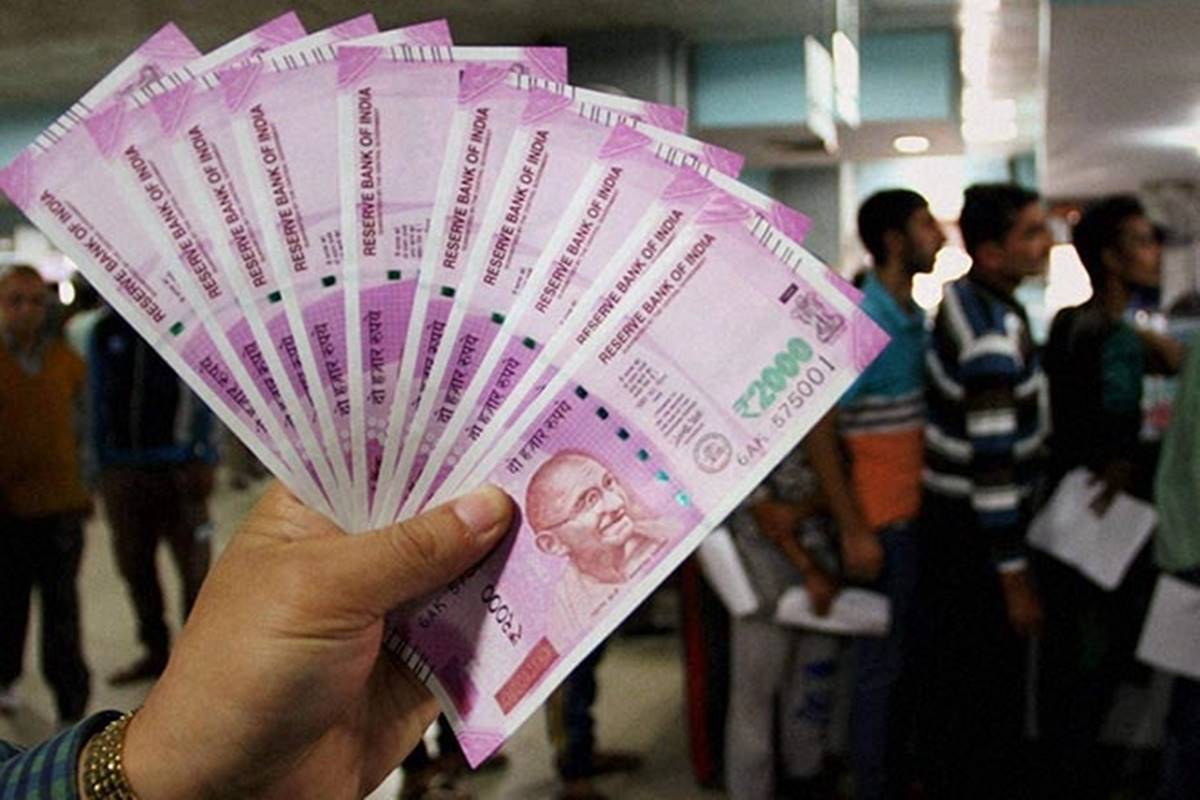
The COVID 19 pandemic has disrupted the normalcy, the microfinance sector was pushed to prove its pliability once again. The crisis was much bigger compared to demonetization.
Will the Microfinance sector bounce back? The answer to this question lies in the study of the past trends only, how this sector bettered itself after every crisis.
“Just a little more time, please! I have never defaulted previously, paid my instalments on time, and will continue to do so once my business picks up again” – retorted a Microfinance client. This was the typical answer from the borrowers when the field staff of the microfinance institution contacted them over the phone after the lockdown. The best of the intentions to repay the loan was crippled by the sluggish business.
Let us try to take a brief look into a few major crises of this sector. A snapshot of the previous crisis might help us decode this maze.
Krishna Crisis (2006), Kolar crisis (2009), Andhra Pradesh crisis (2010), Demonetization (2016) all had a common factor – it badly impacted the loan repayment.
The impact of the AP crisis was enormous to the MFI sector at large. After the AP crisis, the RBI intervened and a robust framework was made to monitor this sector. A special category of NBFC-NFI was introduced. Lending norms and interest rate margins were defined. For the first time in the microfinance industry clear guidelines were introduced. After demonetization, we saw another significant change i.e. cashless disbursement. Presently a majority of loan disbursement happens through the cashless mode only.
The COVID 19 pandemic has disrupted the normalcy, the microfinance sector was pushed to prove its pliability once again. The crisis was much bigger compared to demonetization.
When the nationwide lockdown was imposed from March 25, 2020, everything came to a standstill. Many of the microfinance borrowers lost their employment. In the environment of complete uncertainty, the country witnessed a very painful trend of reverse migration. The migrant workers who earlier used to send remittances, became unproductive all of a sudden. This was also a learning for the field staff, not to draw too much comfort from the remittance money while doing credit assessment of the client. Now, it is time for the MFIs to stick to the good old practice of only considering cash flow from the proposed activity for credit assessment.
For MFIs too, there were a plethora of problems. At one side they were suffering from non-payment of loans by their borrowers, on the other hand, they had to meet their obligations of repaying to their lenders (Banks/NBFCs/FI).
The USP for the microfinance sector has been its high level of connect with the customers. Unfortunately, in this lockdown this connect was badly affected, which was not the case in demonetization. The only way to be in touch with the clients was through telephonic calls. The staff members too were under panic as the number of COVID 19 cases was increasing each passing day. At some places, even the house owners asked MFIs to vacate their premises. The rural pockets were, however, better off as agriculture, dairy and other activities were permitted.
The response from the MFI players was largely matured and pragmatic. They asked their field staff to conduct virtual meetings, through phone calls. The borrowers were also counselled about their safety and hygiene. Many of the MFIs distributed masks and sanitizers to their clients.
In addition to these measures, most of the MFIs tried to venture into the digital mode of collections. The acceptance of technology and digital payment has increased significantly amongst the clients and MFI players. Many MFIs have come with customized products for the clients to meet the present liquidity requirements.
They have provided moratoriums to the borrowers, this is noticeable as many of their lenders have not provided moratorium to them.
Will the Microfinance sector bounce back? The answer to this question lies in the study of the past trends only, how this sector bettered itself after every crisis. This sector will continue to survive after this mega-crisis as well. The moratorium given to the clients will change their repayment schedule and the loan tenure will also get extended. However, the clients will continue to pay as being done earlier once the dust gets settled.
The chief reason why clients have largely supported this sector is because there is a genuine need for credit and still there is a huge gap between demand and supply. Even the critics of this sector admit that MFIs are better placed to provide hassle-free small ticket sized loans with minimal documentation and gestation period.
The resilience of the bottom of the pyramid has been phenomenal in this country, so is the case with the MFI sector. Every crisis has contributed to the overall improvement in the ecosystem. Now after COVID, MFIs are exploring the possibilities to increase their cashless collection through digital mode. Multiple Tools like wallet payment, AEPS (Adhaar Enabled Payment System), Debit cards, UPI, App-based payment, and payment through QR codes are being used. Once this digital collection is successfully implemented across the sector, it would bring a paradigm shift. This would reduce operational costs, and check incidents of frauds & snatching.
There is still a huge opportunity available for this sector in India. It is not surprising that recently, our PM Narendra Modi in the virtual address at annual UN General Assembly session talked about the Indian microfinance sector. This sector is being taken seriously by the policymakers too. In the recently launched PM SVANidhi, there is a specific mention of MFI and SFB under lending institutions category.
In the current scenario, the significance of this sector is even more. The people at the bottom of the pyramid would need more credit to start their business. The MFIs would play a vital role in meeting their credit demands. The trust factor between the clients and MFI is still intact. This repayment rate of more than 99% was only possible because of the sound business proposition and honest intention of the poor borrowers.
Patience, perseverance and pragmatic approach would chart a way forward to the sustainability of this sector.
Indrajit Kumar
Senior Vice President, Satin Creditcare Network Ltd
- Date: Nov 2, 2020
- Client: Mr. Indrajit Kumar
- Category: Blogs
